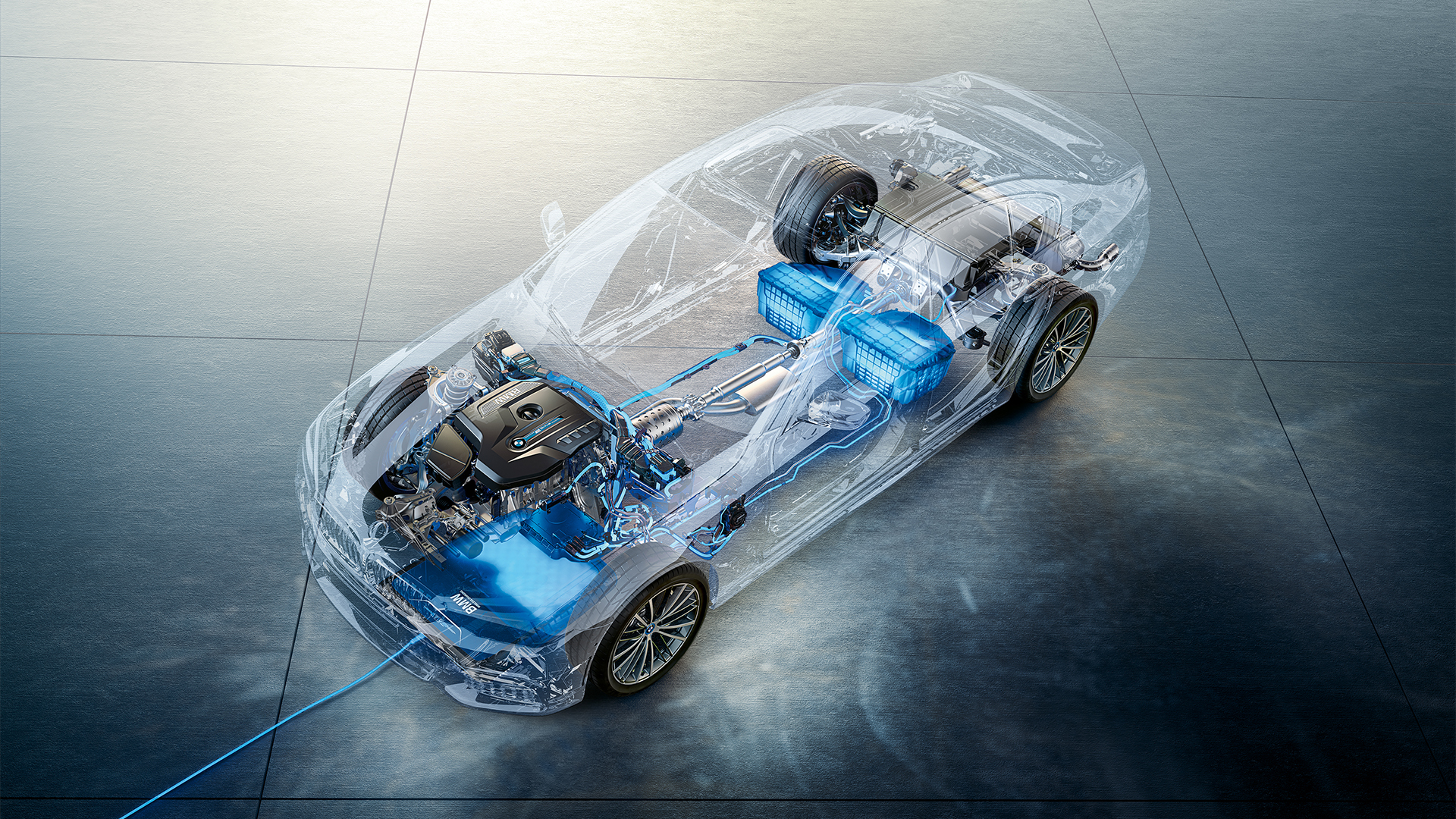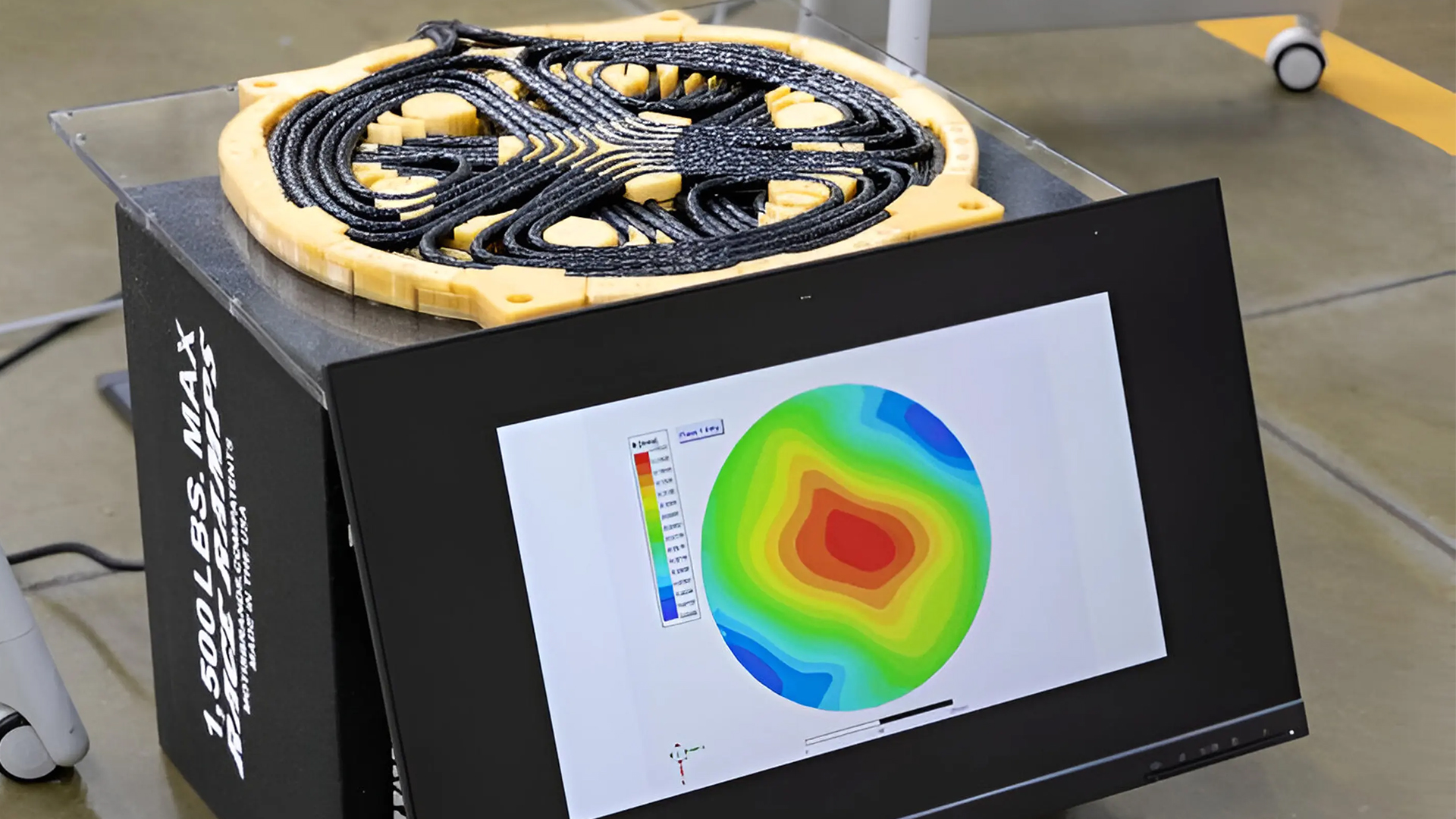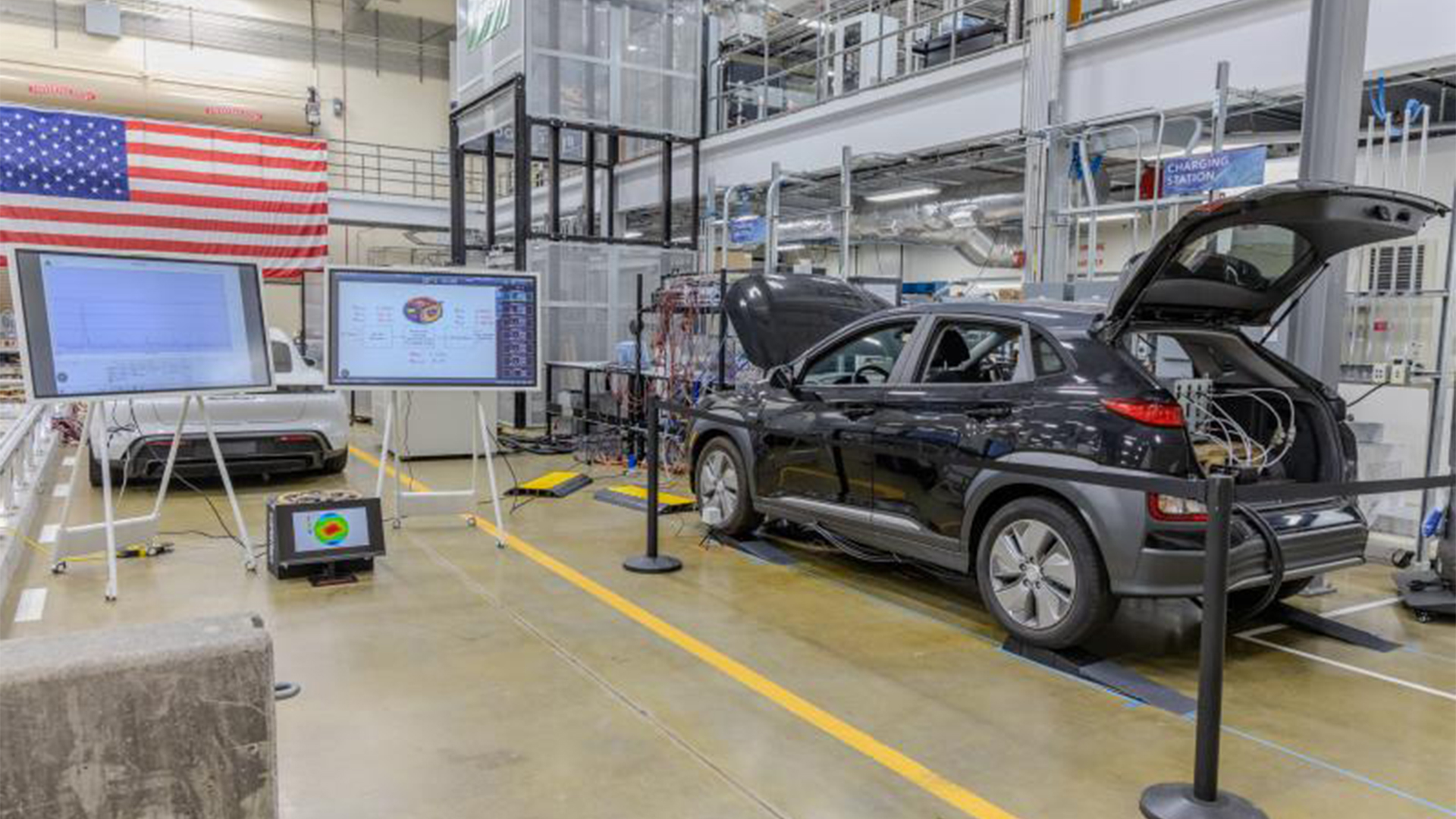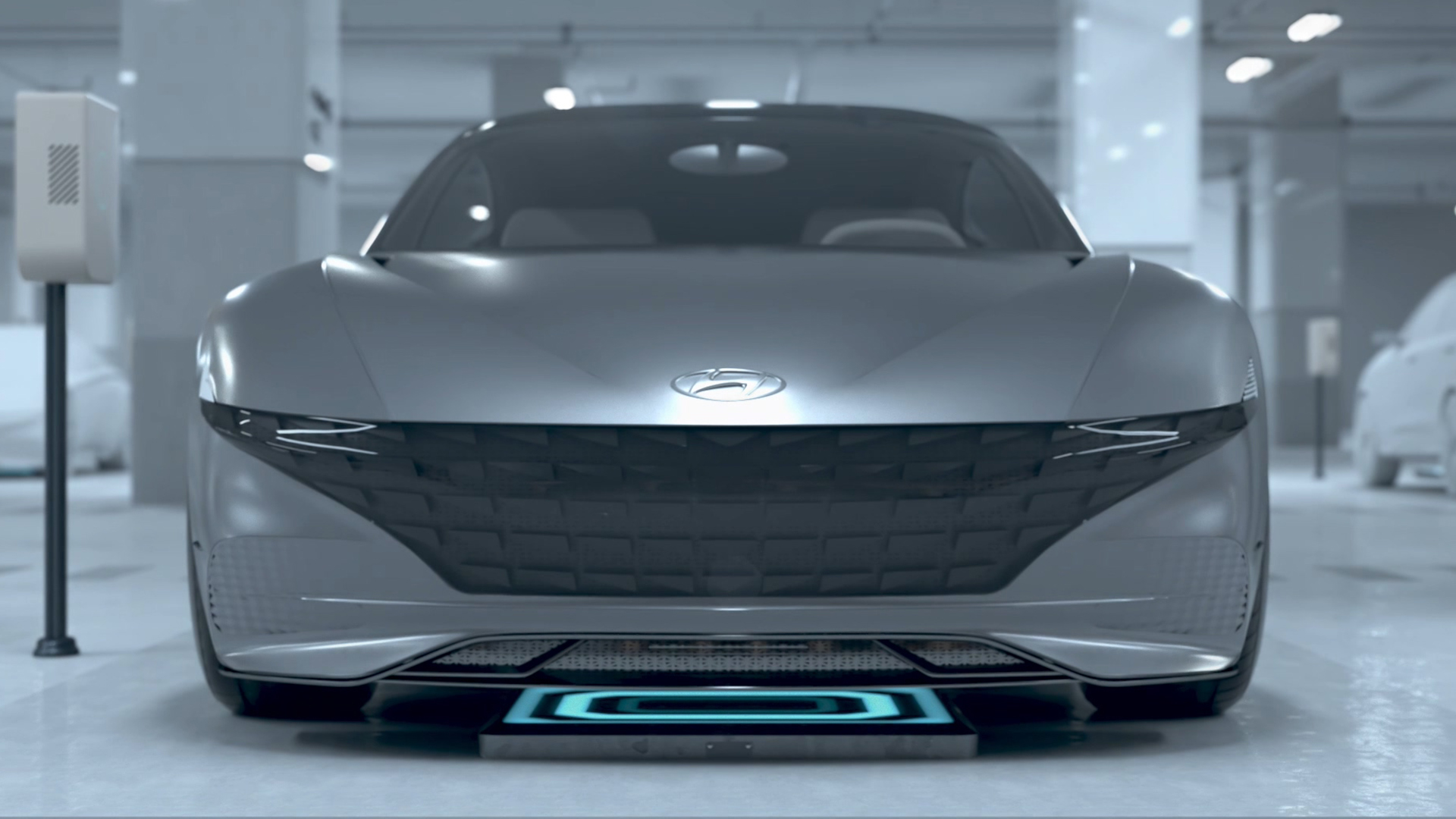
Breakthrough research by the Oak Ridge National Laboratory (ORNL), a federally funded development centre in Tennessee, USA, has seen a small group of engineers demonstrate what it believes to be the fastest and most powerful wireless EV charger to date.
The ORNL team (via New Atlas) has developed a wireless charging pad that features a lightweight polyphase electromagnetic coupling coil design, which is said to transfer power to an electric vehicle at an output of up to 100kW. This would make it competitive with some of today's fastest tethered charging outlets.
Although wireless power transfer is nothing new (Nikola Tesla demoed it in the 1890s), it is currently only used for lower-powered devices, such as smartphones and tablets, with many modern vehicles featuring a wireless pad in the cockpit for charging said tech.
Naturally, some of the world’s biggest automakers have explored wireless charging for EVs, but many have hit road blocks. BMW managed around 3.2kW from its publicly available 2019 system, while Genesis (the luxury arm of Korean giant Hyundai Motor Group) announced that it would ditch its research in the technology, citing poor customer demand.
This could have been down to the fact that its system was only capable of delivering 11kW of power, which means any sizable modern EV would need to be parked on the wireless pad for upwards of eight hours to achieve a full charge.

However, Tesla claimed that it was continuing its work on wireless charging, with Tesla chief designer Franz von Holzhausen telling TV personality Jay Leno that the company was working on a solution that would rid customer garages of cables – although he refrained from talking about charging speeds.
Volvo has arguably edged the closest to 'acceptable' modern charging speeds with its wireless tech, which has been delivering around 40kW of charging power to a small developmental fleet of fully electric Volvo XC40 Recharge cars in Gothenburg, Sweden for a number of years.
But the research by ORNL brings a wireless solution up to speed with many common public charging outlets, with the ability to deliver around 350-miles of EV range in just an hour.
The research lab's in-house receiver coil was fitted to a Hyundai Kona EV, which parked over a 14-inch diameter polyphase transmitter, with a five-inch air gap in between.

The system was reportedly clocked at 100kW, with 96 per cent efficiency (minimal losses), although researchers claim they have witnessed a 120kW power delivery in bench top lab tests, with potential to deliver more power still.
"We’ve achieved the highest power density in the world for a wireless charging system for this class of vehicle," said ORNL’s Omer Onar in a press release. "Our technology reaches power densities 8-10 times higher than conventional coil technology and can increase battery charge state by 50 per cent in under 20 minutes. This is a breakthrough achievement, and opens the door to fast and efficient wireless charging for passenger electric vehicles."
The case against

The Oak Ridge National Laboratory claims that, on top of being one of the most powerful systems developed, its polyphase coil design is also one of the most compact, making it a more practical and convenient solution to those we’ve seen before.
Granted, ridding the public charging network of increasingly weighty and cumbersome cables would certainly be welcome, but this is only half the story.
Future EVs would have to be fitted with the appropriate receiver technology to make this work, which adds even more weight, which in turn decreases electric range and pushes up the sticker price. Plugging in a cable is nearly always the cheaper option.
Secondly, many researchers have stated that wireless or inductive charging requires almost laser precision to line up the wireless pad with the receiver. BMW’s Wireless Ground Pad, for example, could only deviate up to seven centimeters longitudinally and up to 14 centimeters laterally from the CarPad.
As a result, it required a Wi-Fi connection to communicate between the charging station and vehicle. From here, an overhead view of the car and its surroundings then appeared in the infotainment system with colored lines that helped guide the driver.
All in all, it was a bit of a faff and understandably, didn’t catch on. But with increasing levels of autonomy being introduced into the modern vehicle, successful wireless charging could be left to the car to organize, which could push the acceptance and uptake in the future.







